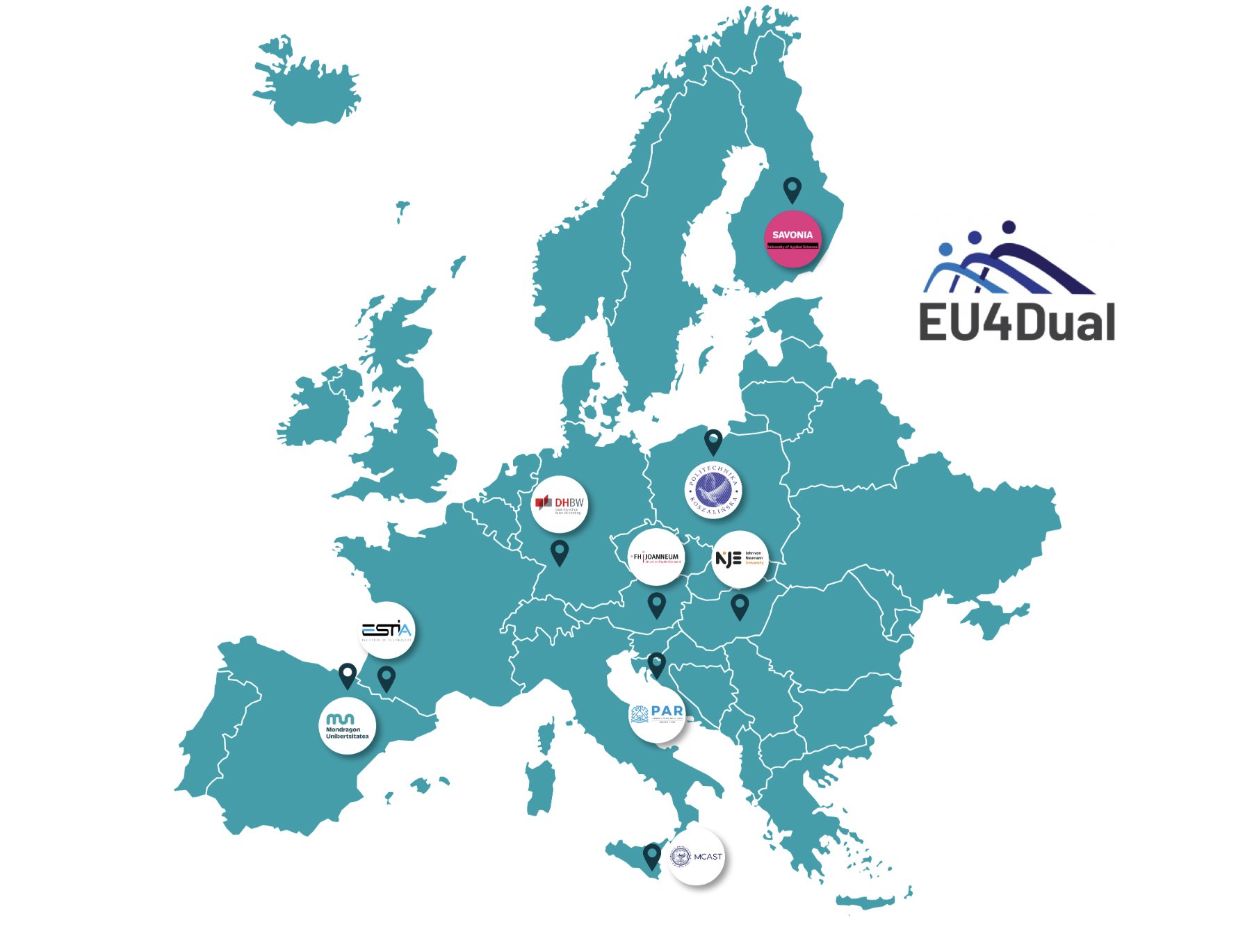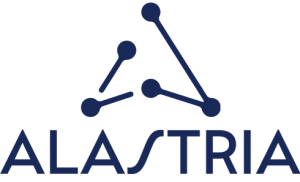In May 1959, the United States Department of Defense—a client par excellence of the technology companies of the time—and some manufacturers got to work to create a new programming language. They called it COBOL (Common Business Oriented Language), and what they did not imagine is that 64 years later this language would still cause too much trouble.
COBOL has become a headache. The language is almost of retirement age, and although there are developers who continue working with it, there are fewer and fewer experts who can manage the systems that are still based on said platform. In fact, a 2022 study revealed that 800 billion lines of COBOL code follow in production environments, and there are many companies that would like to adapt it to more modern languages.
The legendary programming language COBOL just turned 60 years old, and is likely to turn 60 more. According to the IJARSCT, 43% of all banking systems globally continue to use COBOL to a greater or lesser extent. That same study reveals that it handles three trillion dollars in daily transactions, including 95% of US ATM transactions and 80% of all credit card transactions.
COBOL programming requires a lot of writing and the format is meticulous and inflexible, but it also takes longer to compile than its competitors. Programmers tend to turn to more modern and attractive languages – which also make them earn a lot of money – and the few programmers with knowledge of COBOL already have a very descriptive nickname: the ‘COBOL cowboys’.
At IBM they have been working for some time on an artificial intelligence platform called watsonx that theoretically allows the ancient COBOL code to be converted into code in more modern languages such as Java that allow developers to work directly with the result.
PCMag, Keri Olson, responsible for this project, states that watsonx “helps [customers] refactor their applications.” That is, it divides them into smaller parts that the client can then choose to modernize by moving them from COBOL to Java. Even so, those responsible for IBM themselves affirm that this “is a developer assistance tool. It is assisted by AI, but it still needs the developer.”
It does part of the job, not all. At IBM they also state that watsonx “can generate 80 or 90% of what they need, but it will still require a couple of changes. It is a productivity improvement, not a substitute for the developer.”













